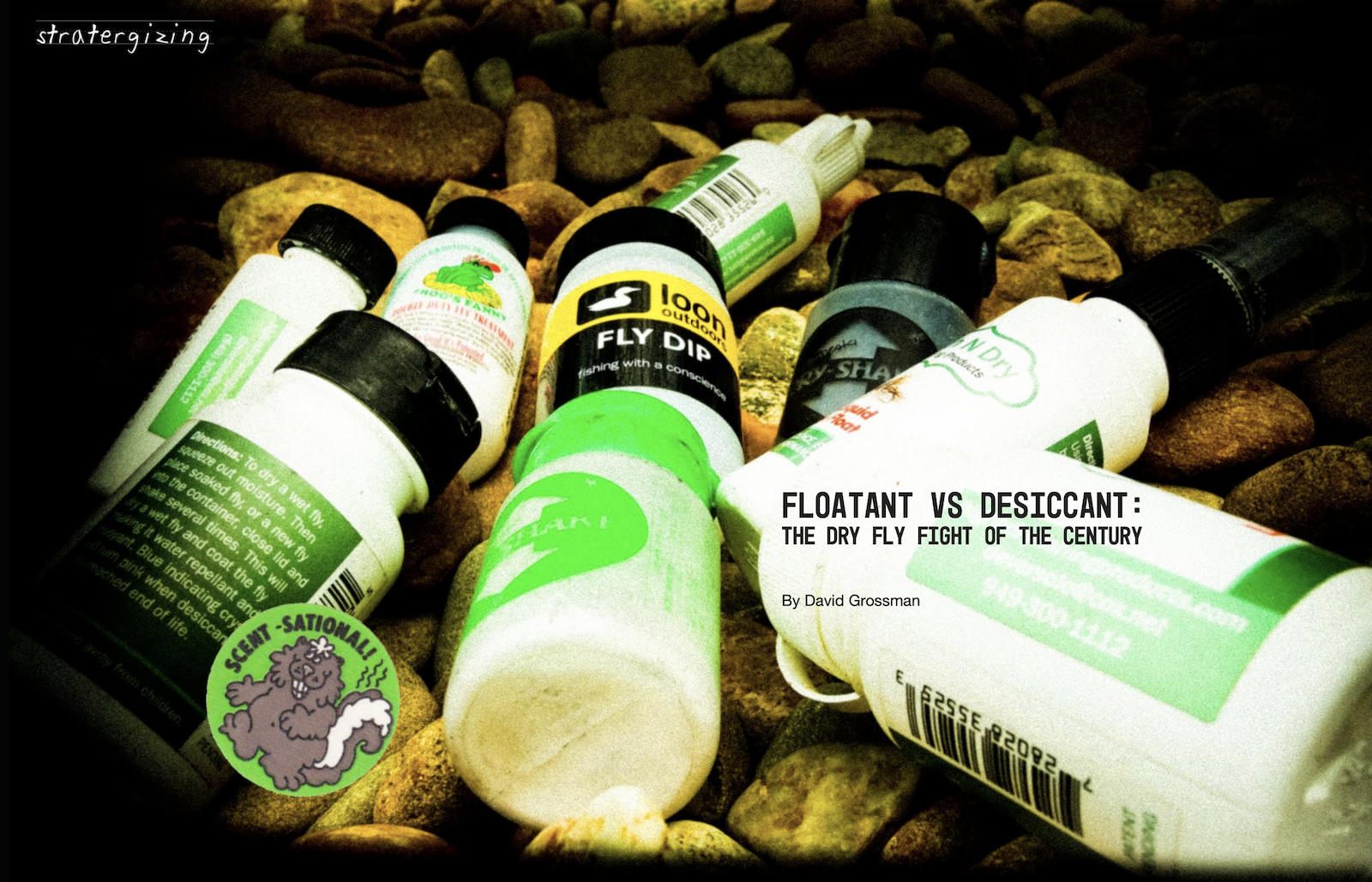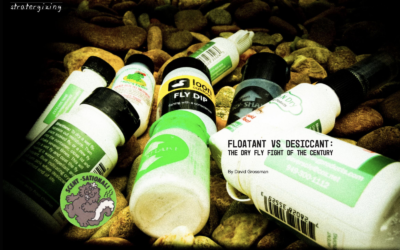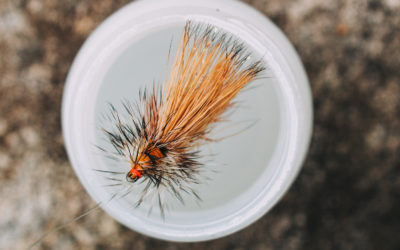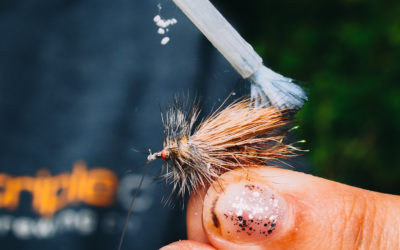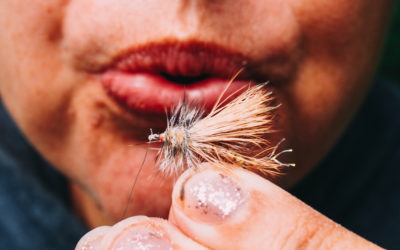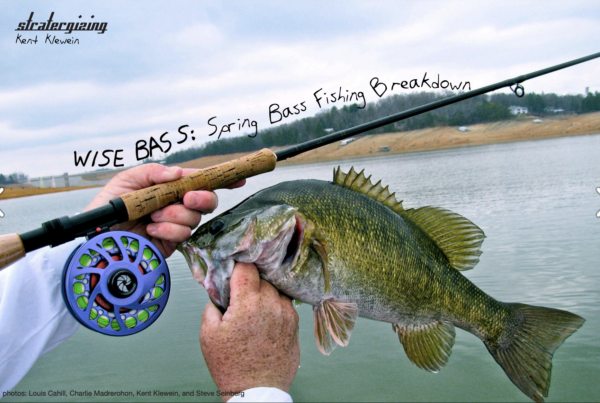The science of making a dry fly float both has and hasn’t come a long way. We still use a variation of kerosene and paraffin wax to dip our flies in to coat the materials and make them impervious to water just as fishermen of flies did oh-so long ago in the 1970s. This concoction proved to have some limitations though, least of which was setting your face ablaze when your cigarette ignited that pocket on your vest made out of and containing highly flammable materials.
Other than its volatility the next biggest problem was that it was only effective on dry flies. This is confusing in a “Who’s on First? kind of way, but I’ll explain it simply. If your dry fly isn’t dry, completely dry, no amount of floatant will make it float. The reason is because dry materials float and wet materials sink. Floatant keeps flies dry, it doesn’t dry them.
So now that we know desiccants take the moisture out of your fly and floatants keep the water out, let’s peel back another layer of the onion: CDC flies. CDC stands for cul de canard (French for “duck bottom”). This particular butt feather of a duck is my favorite material for wings in almost all mayfly dries.
It has amazing natural floating characteristics due to the feather structure (think about how well a duck’s ass floats), and to me at least it gives the most realistic impression of a mayfly’s wings on the water. The catch with CDC used to be that normal floatants actually ruined them. This is the case no more, however, as most companies have come out with CDC specific floatants like Loon’s lochsa and others that enhance all the natural buoyancy of CDC we’ve come to love.
Now that we’re all operating on the same frequency, I’ll give you some of my hard-learned lessons on floatants, desiccants, and the things they float.
Mend your dry flies less. Aggressive mending sinks flies, making floatant needs more frequent. Learn a mend cast. Land your flies with your line already mended.
Sometimes fish want a dry fly that’s floating very high on the water. Other times they want the bug that’s riding lower in the water struggling to break the surface. In this case try to only apply floatant to the wing of the fly. This will allow for the fly to ride lower in the surface film of the water.
When it comes to floatant, less is more. When it comes to desiccant, more is more. Openly dusting your fly with desiccant into the wind is akin to pissing into it (the wind).
The only proper way to reset a fly after a fish for maximum flotation is to shake it in desiccant to dry it. Then, apply a small drop of floatant, working it with your fingers gently. The final step is painting it with a finer desiccant brush bottle to remove any last bits of moisture. I call this “shake and bake and brush.” It’s copyrighted.
Don’t smoke near kerosene, with or without paraffin wax.
…
You now know almost everything I know. May all your dry flies float like a turd in the community pool for the rest of the season.
